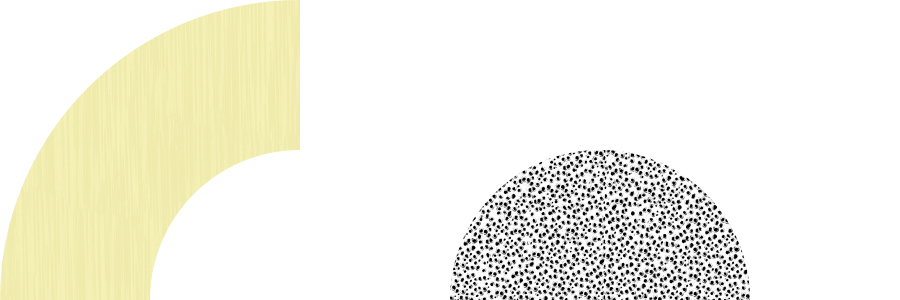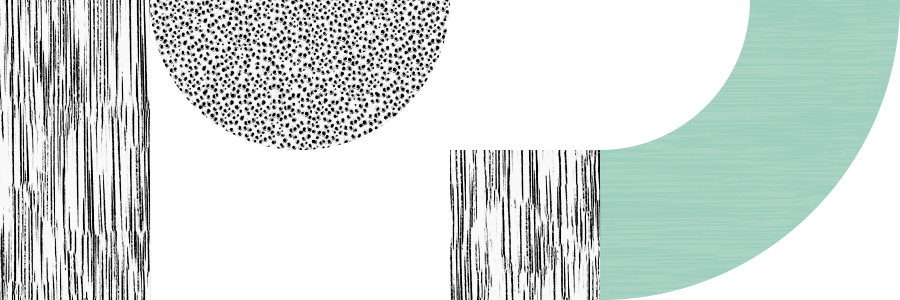Rattan is one of those materials that seems to have been with us forever. Used by the Indonesians for centuries, it wasn't until the early 19th century that western cultures learnt of it's amazing bending properties and plentiful supply. It was the Dutch colonies that first succumbed to its charms using cane work made from the outer skin of the rattan plant but it was Germany around the turn of the century that really embraced the use of solid rattan and the world has been using it for casual furniture ever since. Currently more than 70% of the world's rattan supply comes from Indonesia but it is also exported from the Philippines, Sri Lanka, Malaysia and Bangladesh. While actually a type of palm, rattan looks much more like a vine as it uses surrounding trees to support its growth and can grow to 160 metres in length. It regenerates in 5 to 7 years in comparison to hardwoods that generally take 50 - 100 years, making it the most sustainable wood crop suitable for furniture production.


Widely used for casual lounge furniture in covered outdoor areas and in conservatories through the Victorian era, the material really came into its own with the development of modernism in the 1920's. Despite hardwoods such as oak, beech and birch being the mainstay of Scandinavian and Nordic furniture production, Arne Jacobsen saw the obvious benefits of rattan and designed his ‘Paris’ chair for the Paris World Fair of 1925 from the material. In 1936 fellow Dane, Viggo Boesen created another highly acclaimed chair in rattan called ‘Fox’. Both these designs are now reissued by Danish brand Sika Design along with a number of other beautiful and iconic rattan designs from the 1950’s and 60’s by Nanna Ditzel.
Around this time the Italian company Vittorio Bonacina which started in 1889, were also exploring collaborations with big name designers of the modern movement to design pieces in rattan. Franco Albini, Roberto Sambonet and Gabriella Crespi all designed for the brand and many of these are still available as are some of the rattan designs by Tito Agnoli for Pierantonio Bonacina designed around the same period.
History lesson completed, lets get back to the present day and what makes the new methods developed by German brand out for space so important to this age-old material. With co-operation from the “Innovationszentrum Lichtenfels” and the University of Applied Sciences Coburg, out for space has developed a patented refining process that turns standard rattan into 'karuun'.
By injecting the straw-like capillaries of rattan with a particular bulking agent, out for space were able to make the material stronger and to colour the material in a unique and more thorough way. Typically with standard rattan, colouring was only achievable by way of a streaky outer layer as the outer surface of the poles barely absorbs any liquid. Due to this solid lacquering became the normal approach to apply colour to rattan.
The process also means that furniture made from karuun no longer needs to rely on numerous supports and cross bracing, freeing up the design to develop in new ways. This means that karuun has the best of both worlds - remaining easily bendable while achieving close to the same strength as steam-bent beech. The benefit of karuun over beech is that it require far less energy and equipment to bend it into curves making it an ideal process for factories without advanced machinery.
There were a multi-disciplinery group of designers behind the development of karuun and the out for space brand: product designers, Peter Kraft and Julian Reuter along with visual communication designers Moritz Fuhrmann and Miriam Brockel. Beyond developing a new material and a highly original brand identity, the team have also created a new aesthetic that reflects the unique way that rattan, once converted to karuun, can be used and combined. Like quarter cut and crown cut veneers in regular timber, the karuun process makes the cross section and linear sections of the rattan plant distinctly different. The out for space design team have used this very effectively throughout the collection but most overtly on the wall clock, 'kc time'.
The first collection of five products made from karuun was presented at Salone Satellite in Milano in 2015 and received enormous press attention. The brand's 'kc hang' coat stand from the kc collection was awarded a Salone Satellite Award “special mention”.
Shown above is the 'kc hang' from out for space's kc collection.
Financial support for the development of the karuun process and the brand out for space, came from various government bodies including the Federal German Government, the Ministry of Economic Affairs and Energy (BMWi) and the European Social Fund (ESF).
Shown above are the 'kc play' children's blocks.

















